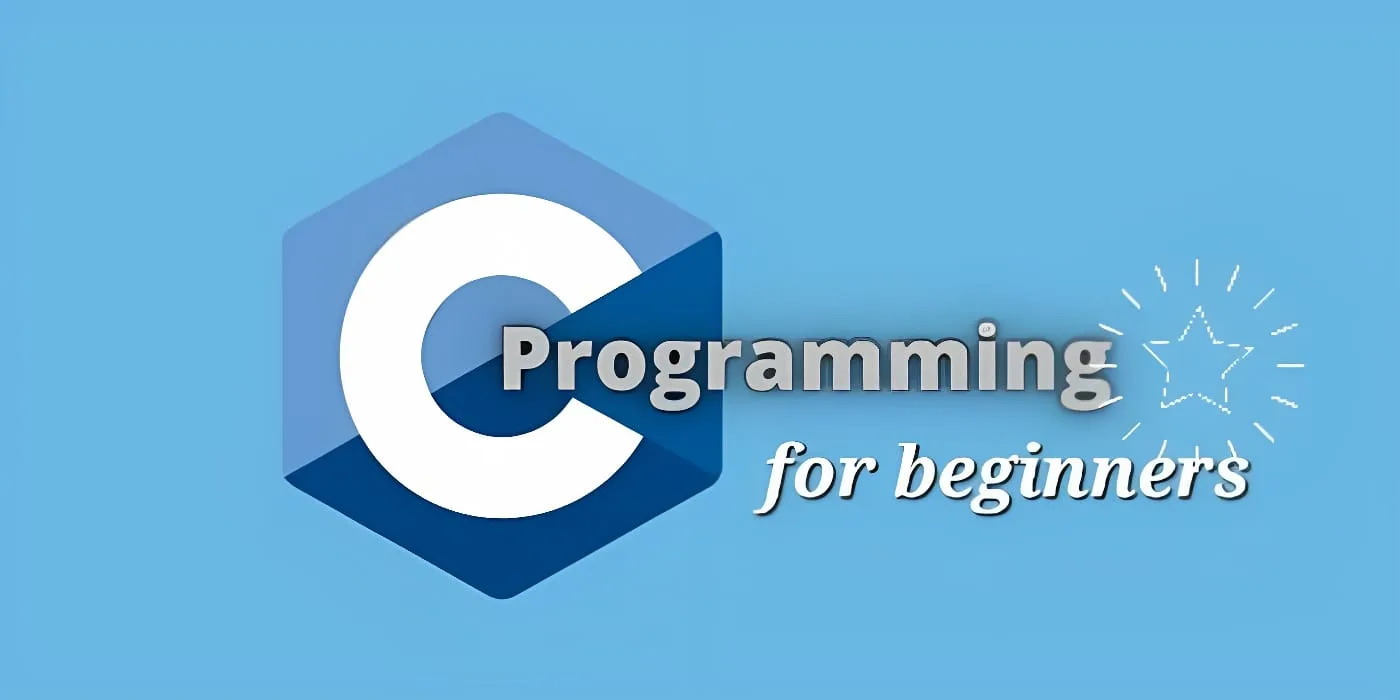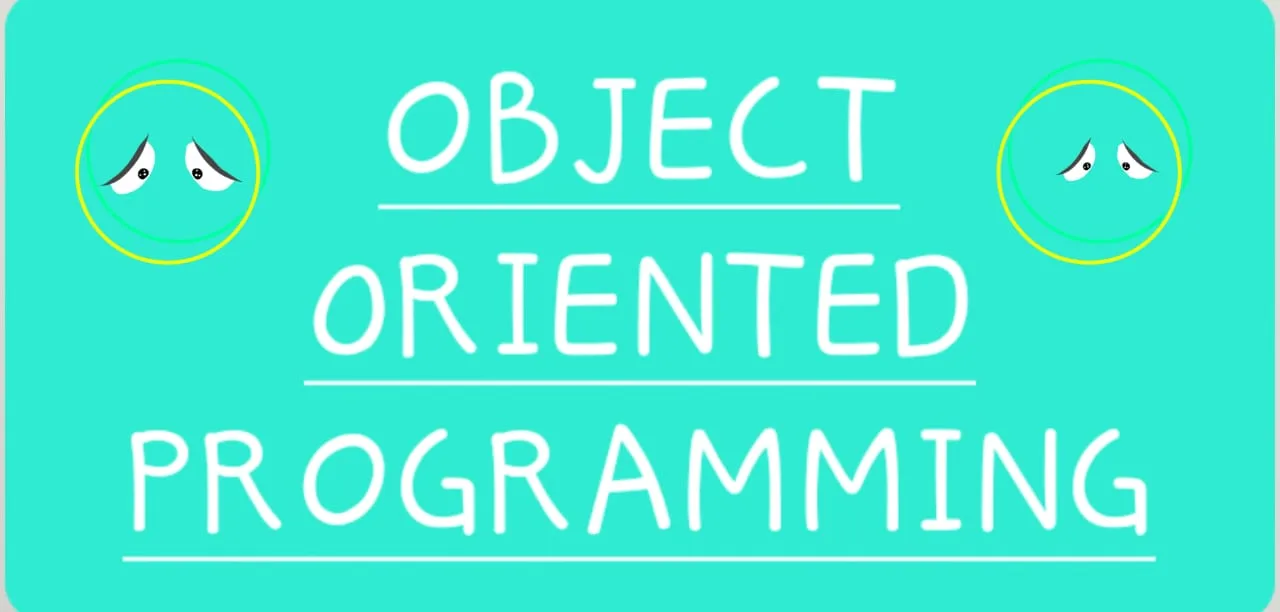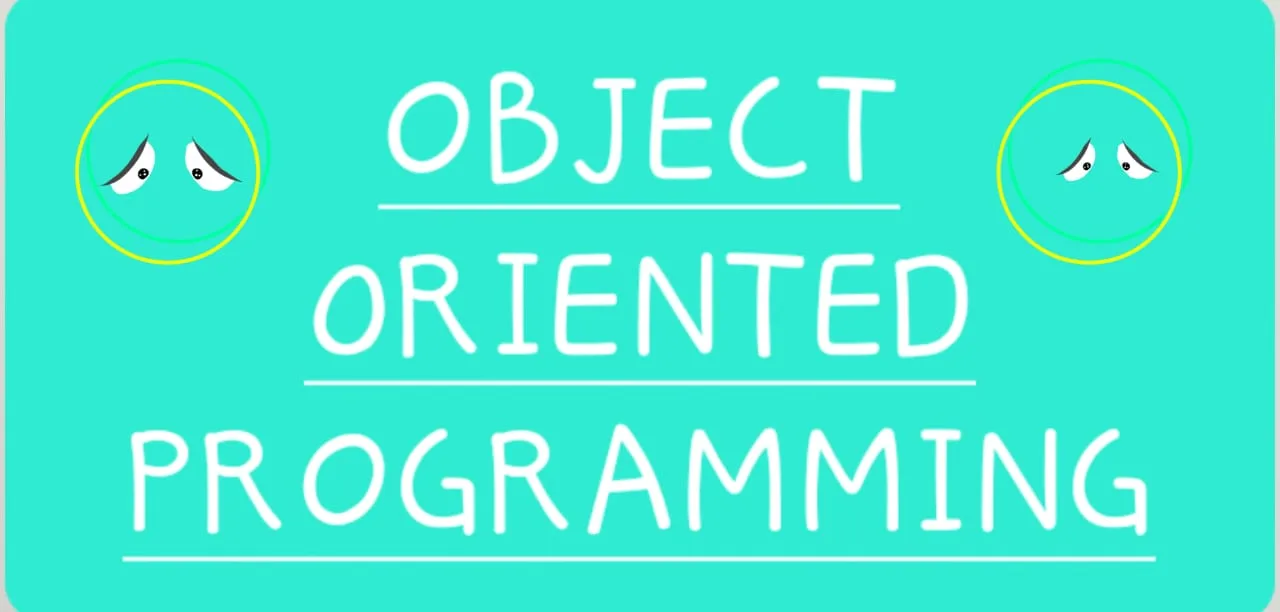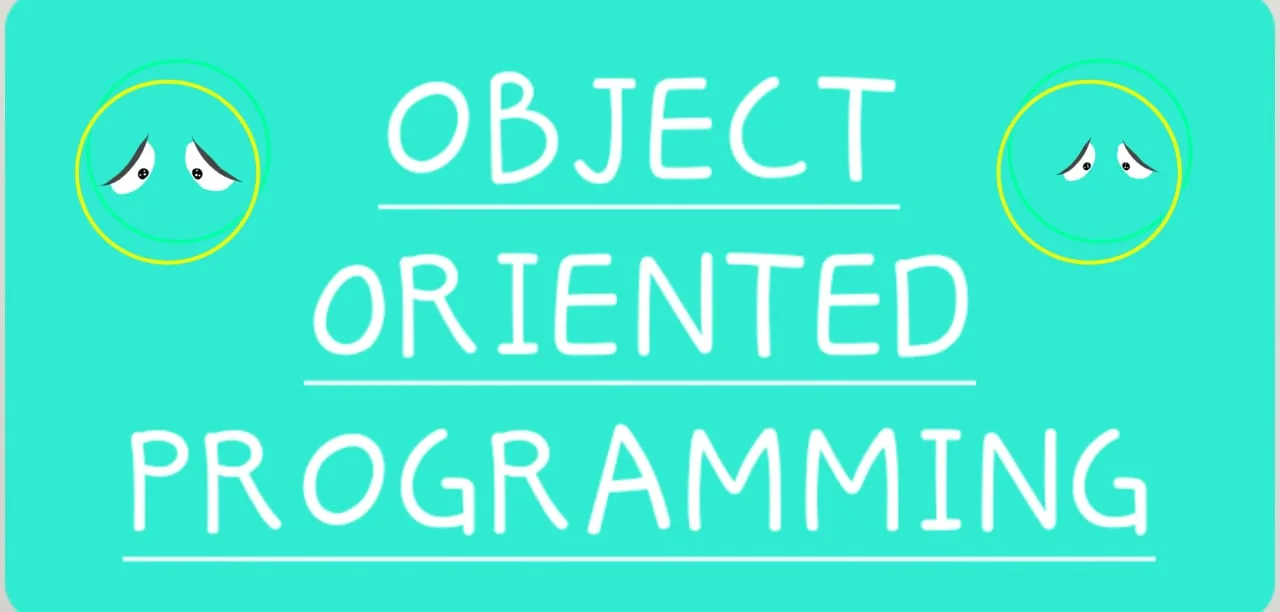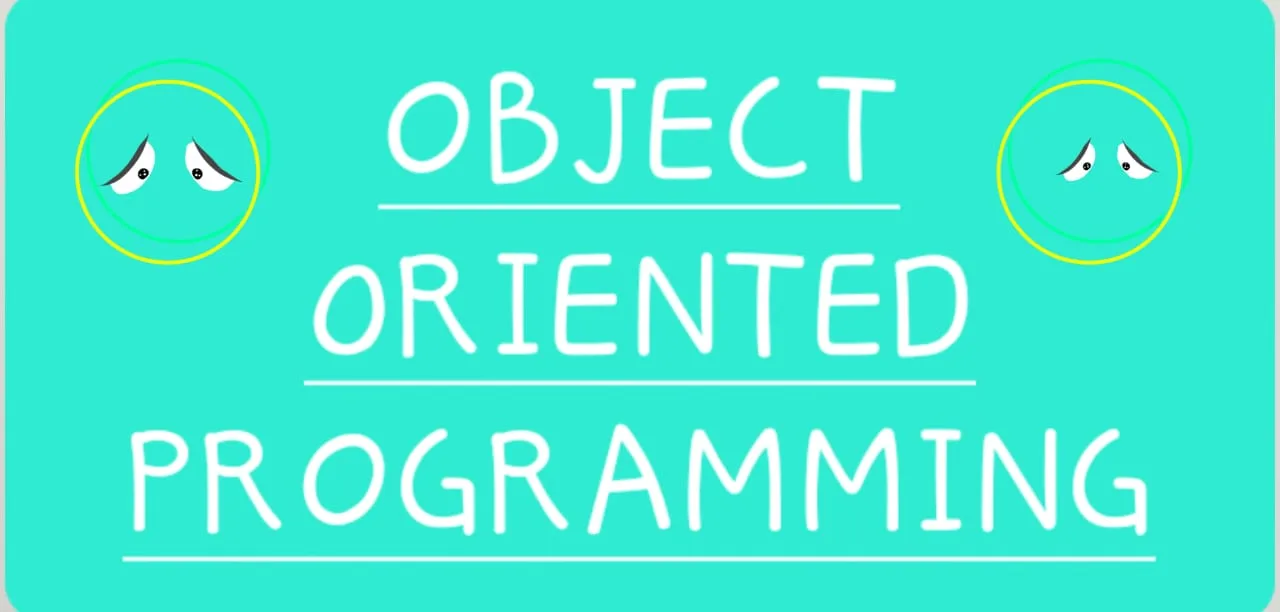Learn C++ Classes: Definition, Examples, and How to Use Them
If you’re new to programming, understanding object-oriented programming can seem daunting. However, once you understand the basics, you can easily create your own classes in C++. In this article, we’ll walk you through the steps of creating a class in C++.
What is a Class?
In object-oriented programming, a class is a blueprint for creating objects. Objects are instances of a class that contains data and functions. The data is referred to as member variables, while the functions are called member functions.
Advantages of Using Classes in C++
Using classes in C++ has several advantages, including:
- Modularity: Classes allow you to break down your program into smaller, more manageable pieces.
- Reusability: Once you’ve created a class, you can reuse it in multiple programs.
- Data Abstraction: Classes allow you to hide implementation details, making it easier to change the implementation without affecting the rest of the program.
- Inheritance: Using inheritance, you can create new classes based on existing classes, inheriting their data and functions.
How to Declare a Class in C++
To declare a class in C++, you use the class keyword followed by the name of the class. For example:
class MyClass {
// class members
};
Defining a Class in C++
To define a class in C++, you need to specify its members, which include data members and member functions. For example:
class MyClass {
public:
int x; // data member
void myFunction(); // member function
};
In the above example, x is a data member, and myFunction is a member function. Data members can be of any type, including other classes.
Access Specifiers in C++
Access specifiers control the visibility of class members. There are three access specifiers in C++:
public: Members declared as public can be accessed from anywhere in the program.private: Members declared as private can only be accessed from within the class.protected: Members declared as protected can only be accessed from within the class and its derived classes.
For example:
class MyClass {
public:
int x; // public data member
private:
int y; // private data member
protected:
int z; // protected data member
};
Constructors and Destructors in C++
Constructors are special member functions that are called when an object is created. They are used to initialize the object’s data members. Destructors, on the other hand, are called when an object is destroyed and are used to clean up any resources that the object is using.
For example:
class MyClass {
public:
MyClass(); // constructor
~MyClass(); // destructor
};
Member Functions in C++
Member functions are functions that are defined inside a class and operate on the object’s data members. They can be declared as public, private, or protected. For example:
class MyClass {
public:
void myFunction(); // public member function
private:
void myPrivateFunction(); // private member function
};
Encapsulation in C++
Encapsulation refers to the practice of bundling data and methods together in a single unit, such as a class or struct. This practice hides the implementation details of the class from the outside world, preventing unintended modifications or access to the class’s data. Encapsulation allows developers to control access to the class’s data by providing a public interface that other classes can use to interact with the data. In C++, the access modifiers public, private, and protected are used to control access to a class’s members.
Public Access Modifier
The public access modifier allows any object to access a class’s public members. This means that any object can call the public functions of the class.
Private Access Modifier
The private access modifier allows only the class’s members to access its private members. This means that any object outside of the class cannot call the private functions of the class.
Protected Access Modifier
The protected access modifier allows only the class’s members and its derived classes to access its protected members. This means that any object outside of the class and its derived classes cannot call the protected functions of the class.
What is Inheritance in C++?
Inheritance is a mechanism that allows one class to inherit the properties of another class. The class that is inherited from is called the base class, while the class that inherits from it is called the derived class. Inheritance allows derived classes to reuse the code and properties of their base classes, resulting in more modular and maintainable code.
Types of Inheritance
There are several types of inheritance in C++, including:
Single Inheritance
Single inheritance is when a derived class inherits from a single base class.
Multiple Inheritance
Multiple inheritance is when a derived class inherits from two or more base classes.
Multilevel Inheritance
Multilevel inheritance is when a derived class inherits from a base class, which itself inherits from another base class.
Hierarchical Inheritance
Hierarchical inheritance is when multiple derived classes inherit from a single base class.
Hybrid Inheritance
Hybrid inheritance is a combination of two or more types of inheritance.
What is Polymorphism in C++?
Polymorphism is the ability of objects to take on different forms, depending on the context in which they are used. Polymorphism allows objects of different classes to be treated as if they were of the same type. This can be useful for creating generic functions or classes that can operate on objects of different types.
Types of Polymorphism
There are two types of polymorphism in C++:
Compile-time Polymorphism
Compile-time polymorphism occurs when the function or method to be called is determined at compile-time. This type of polymorphism is also known as static polymorphism or method overloading.
Run-time Polymorphism
Run-time polymorphism occurs when the function or method to be called is determined at run-time. This type of polymorphism is also known as dynamic polymorphism or method overriding.
What are Abstract Classes in C++?
An abstract class is a class that cannot be instantiated but can be inherited. Abstract classes are used to define a common interface for a group of related classes. An abstract class contains one or more pure virtual functions, which are functions without any implementation. Pure virtual functions are used to define an interface
Final Thoughts
In conclusion, creating a class in C++ is an important aspect of object-oriented programming. By following the steps outlined in this article, you can easily create your own classes and take advantage of the benefits that come with using object-oriented programming. Remember to use access specifiers to control the visibility of class members, use constructors and destructors to initialize and clean up objects, and use member functions to operate on the object’s data members.
If you’re new to programming, it’s important to take your time and practice creating classes to become more comfortable with the process. With practice, you’ll become more confident in your programming abilities and be able to create more complex programs.
Thank you for reading this article on how to create a class in C++. We hope you found it helpful and informative.

